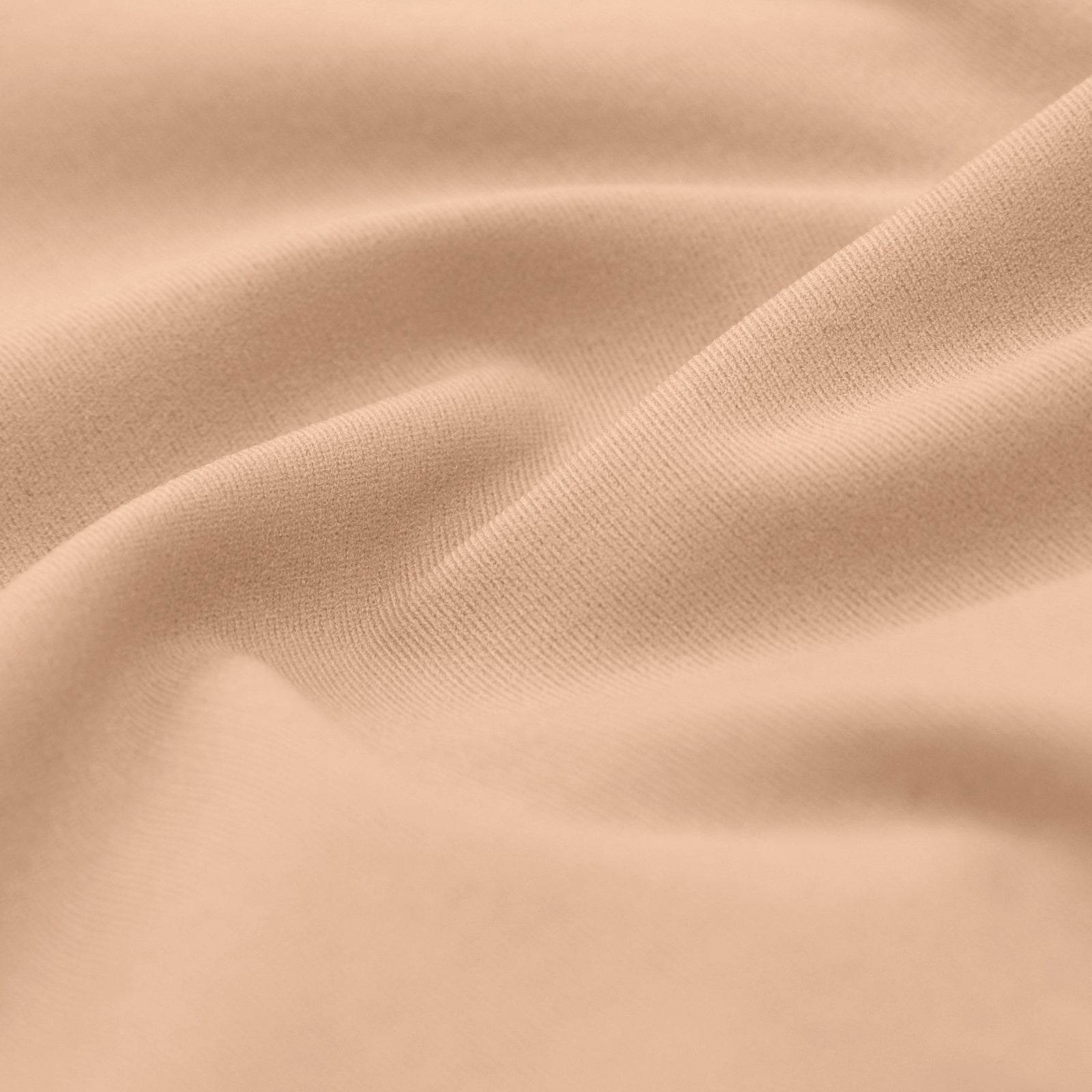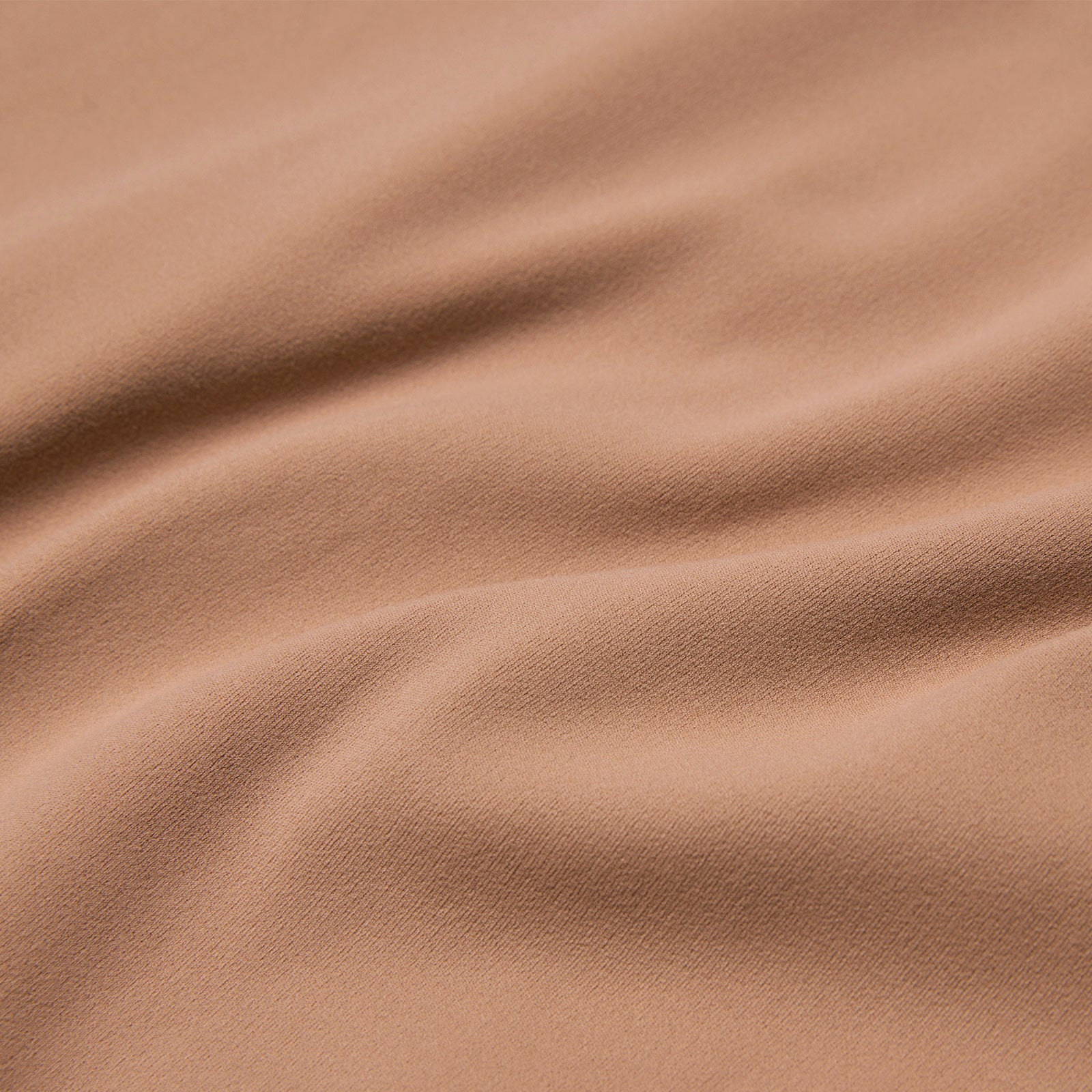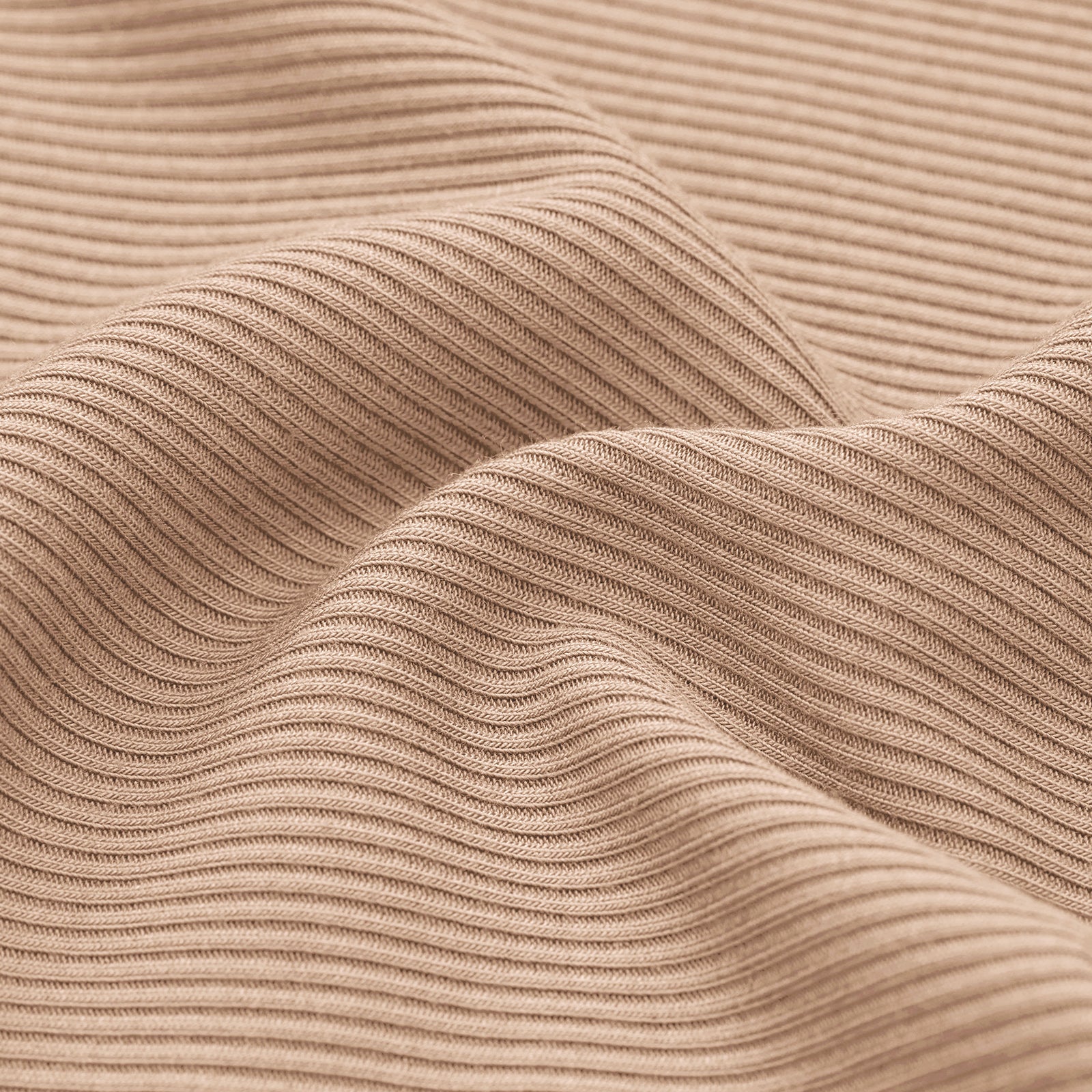Can underwire bras cause clogged ducts?

It is not uncommon for some nursing moms to deal with clogged ducts as a result of wearing underwire bras. In most cases, this occurs when you wear an underwire bra that is not designed for your body type. If you have large breasts that extend into your armpits, an underwire bra may not be suitable for you.
If you have never had to deal with clogged ducts, there is no reason to throw out your underwire bras. However, if you have dealt with clogged ducts in the past, it's possible that your bra is to blame. Consider replacing it with a nursing wireless bra.
Is it okay to nurse while wearing an underwire bra?
But first, let’s address the elephant in the room: is it safe to nurse while wearing an underwire bra?
Well, it depends. As long as the underwire bra is not too constrictive, and as long as you are comfortable in it, then yes, wearing an underwire bra while nursing is perfectly safe.
Wearing an underwire bra while breastfeeding is usually frowned upon because the wire may obstruct blood flow to the breasts, which can reduce milk production, or cause a clogged duct or even mastitis.
Your best bet is to rely on your own experience and comfort. Don't wear an underwire bra if it makes you uncomfortable. Underwires aren't used in most nursing bras for a reason: they can be quite uncomfortable. This is why we highly recommend grabbing one of our wireless nursing bras instead. If you have been using wired bras and experienced clogs or lower-than-desired milk output, try going wire-free for a few days.
Next up, let’s talk about clogged ducts. What are they and how do they occur?
What are clogged milk ducts?
Plugged milk ducts, also known as clogged or blocked milk ducts, are firm, painful lumps that develop in the breast's narrow milk ducts. They stop breast milk from flowing correctly. They are a common breastfeeding issue that can lead to swelling, redness, and pain in the breast area where they form.
What causes clogged milk ducts?
A clogged duct can result from any of these common breastfeeding issues. In most cases, solving these issues will reduce the occurrence of clogged ducts:
- Incorrect breastfeeding latch: If your baby is having trouble latching onto your breast, they may not be able to get as much milk as they need. Breast milk that is left behind might clog the ducts.
- Breast engorgement: If you don't breastfeed frequently enough, miss feedings, wait too long between feedings, or supplement with formula, breast milk can build up in your breasts and obstruct your milk ducts. When your infant starts sleeping through the night, breast engorgement might also occur.
- Blebs can also clog the entrance of your milk ducts, causing your breast milk to back up and become caught in the thin passageways that allow the milk to flow from your breast to your nipple.
- Overproduction of breast milk: When your body produces too much breast milk, it can cause engorgement and clogged milk ducts.
- Excessive breast pressure: A bra with an underwire or one that is overly tight might put pressure on the breast tissue, resulting in clogged milk ducts. Breast pressure can occur as a result of the straps of an infant carrier or a hefty diaper bag.
- Dehydration and fatigue: Not getting enough sleep and not drinking enough water can also put you at risk for clogged milk ducts.
- Exercise: Vigorous or intense exercise, particularly in the upper body, can cause clogged ducts.
- Weaning: Breast engorgement, clogged milk ducts, and mastitis can occur if you wean your infant too soon.
How to prevent clogged milk ducts
- Avoid wearing constrictive clothing or nursing bras with underwires or bras that are too tight. Consider going for wireless nursing bras such as our Lace Plunge Nursing Bralette or our Lace Hands-Free Pumping Bra if you plan to pump and breastfeed your little one.
- Breastfeed your little one often to prevent milk ducts from clogging in the first place. You must remove your breast milk on a regular and frequent basis to keep it flowing through your breasts and prevent it from backing up in the ducts. Therefore, do not skip feedings or wait too long between them.
- With each feeding, switch breastfeeding positions to allow your infant to drain different parts of your breast.
- Don't sleep on your stomach as it can put a lot of strain on your breasts.
- Keep yourself hydrated
- When it's time to wean your child, do it slowly and gradually. To relieve the engorgement that will happen, you may need to express small amounts of milk between feedings. However, don't express too much, because your body will think it needs to keep producing milk.
How to clear a clogged milk duct
Continuing to breastfeed can help clear the block. Certain positions and techniques may be more helpful than others, so be sure to consult your healthcare provider about the best way to do it. As you breastfeed, be sure to get enough rest and stay hydrated.
Here are other ways you can use to treat clogged milk ducts:
1. Breastfeed frequently
Make sure your baby is latching properly first. If you need help with your baby's latch, consult a lactation consultant, your doctor, or a breastfeeding support group.
To keep your breast milk flowing through the ducts, breastfeed frequently—every one to three hours or on-demand. Start feeding your infant on the side with the plugged milk duct first if it isn't too uncomfortable. The suck of your little one will be stronger at the start of a feeding session, which may aid in the removal of the clog.
If one breast is too sensitive, feed the opposite breast first and wait until the let-down reflex is stimulated. Then switch to the clogged breast.
When you're latching your baby, try to position them so that their chin or nose points towards the clogged duct. In these positions, they may be able to release the blockage more easily.
2. Apply heat
Before each feeding, apply heat to the clogged area to aid your let-down reflex and the flow of your breast milk through your ducts. Gently massage the area as you apply heat to it and as you breastfeed. Consult your healthcare provider to learn how to utilize therapeutic breast massage at home to help prevent and manage clogged milk ducts.
3. Express
After you've breastfed your child, use hand expression or a breast pump to extract more breast milk and try to free the blockage. Try to empty the breast as completely as possible with every feeding.
4. Supplements
Lecithin supplements have been shown to help in the resolution and prevention of clogged milk ducts. Ask your doctor about taking this dietary supplement. It is completely safe to use while breastfeeding. A typical dose is one tablespoon of granulated or liquid lecithin per day, or one capsule (1200 mg) three or four times per day.
When should you call your doctor about clogged milk ducts?
Clogged milk ducts will start to shrink or disappear within a few days if they are addressed promptly. If left untreated, they can worsen or develop into more serious issues such as mastitis or a breast abscess. If you experience any of the following symptoms, contact your doctor:
- The lump has not disappeared within 3 days
- The lump continues to expand
- The area has a reddish-brown patch that's growing in size
- You become ill and develop a fever
Final Thoughts
There are numerous dos and don'ts when it comes to breastfeeding. No coffee, chocolate, junk food, or underwire bras, according to numerous breastfeeding websites and lactation experts. Underwire bras, according to experts, may obstruct the normal flow of breast milk, reducing milk supply in the long run.
That said, some women do not experience clogged ducts as a result of using underwire bras. Therefore, don’t forget to do what's best for you. Make sure your bra is comfortable for you and that it has a flexible, not too tight fit. If you experience changes in milk production or develop mastitis while wearing an underwire bra, take a closer look at the fit of your bra and any other factors that have been linked to these problems. If the problem persists, consider switching to a nursing wireless bra.
And with Momanda bras, every woman can enjoy having proper support for their breasts while also looking gorgeous as they nourish their little ones!
What to Look For in a Nursing Bra
When should you start wearing a nursing bra?
Shopping for a nursing bra? Here are some common mistakes to avoid
Nursing Bra Shopping Guide
What's a Nursing Bra and Why Every Mommy Needs it
5 Things To Look For in a Nursing Bra
SUBCRIBE FOR NEWSLETTER
Shop today with 10% OFF your first order of all products storewide













